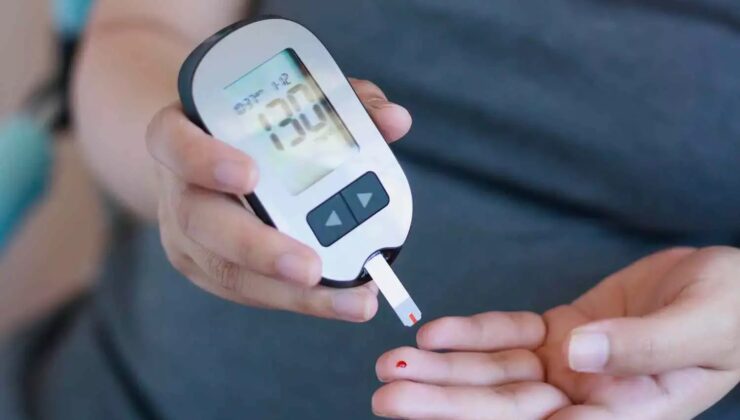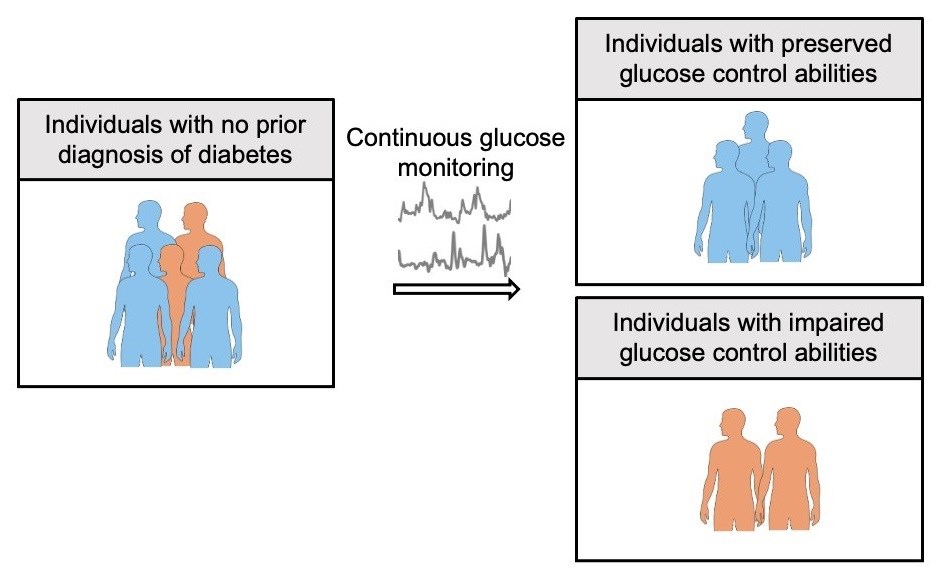

The traditional methods of diagnosing diabetes—such as finger prick tests, blood draws, and time-consuming hospital visits—are on the brink of becoming obsolete. Researchers from the University of Tokyo have pioneered a groundbreaking technology that can identify diabetes risk early and without discomfort by tracking natural glucose fluctuations in the body instantaneously.
The core of this study is a wearable device known as CGM (Continuous Glucose Monitoring). This device adheres to the skin and provides real-time monitoring of blood glucose levels throughout the day. Unlike traditional tests, it observes glucose balance continuously under natural conditions, yielding data that is more reflective of everyday life.

Beyond mere data collection, the system is enhanced by an advanced algorithm capable of detailed data analysis. This enables a sensitivity surpassing that of conventional tests like fasting blood glucose, HbA1c, or OGTT (Oral Glucose Tolerance Test). During the study, CGM data were juxtaposed with OGTT and clamp tests in trials involving 64 healthy participants, with results further validated by an independent data set.

A noteworthy finding was a glucose fluctuation index termed “AC_Var,” which aligned closely with the propensity index that gauges the body’s glucose management efficiency. This innovative approach proved not only superior in diagnosing diabetes but also in foreseeing diabetes-related complications, such as cardiovascular diseases.
To enhance accessibility, the research team developed a user-friendly web application. This tool allows both individuals and healthcare professionals to conveniently identify irregularities by analyzing CGM data, fostering a new era of proactive diabetes care.
OTOMOBİL
16 saat önceSİGORTA
18 saat önceSİGORTA
18 saat önceSİGORTA
2 gün önceSİGORTA
2 gün önceBİLGİ
3 gün önceBİLGİ
3 gün önceSİGORTA
3 gün önceSİGORTA
4 gün önceSİGORTA
4 gün önce 1
DJI Mini 5: A Leap Forward in Drone Technology
20616 kez okundu
1
DJI Mini 5: A Leap Forward in Drone Technology
20616 kez okundu
 2
xAI’s Grok Chatbot Introduces Memory Feature to Rival ChatGPT and Google Gemini
14583 kez okundu
2
xAI’s Grok Chatbot Introduces Memory Feature to Rival ChatGPT and Google Gemini
14583 kez okundu
 3
7 Essential Foods for Optimal Brain Health
13285 kez okundu
3
7 Essential Foods for Optimal Brain Health
13285 kez okundu
 4
Elon Musk’s Father: “Admiring Putin is Only Natural”
13120 kez okundu
4
Elon Musk’s Father: “Admiring Putin is Only Natural”
13120 kez okundu
 5
Minnesota’s Proposed Lifeline Auto Insurance Program
11023 kez okundu
5
Minnesota’s Proposed Lifeline Auto Insurance Program
11023 kez okundu
Sigorta Güncel Sigorta Şikayet Güvence Haber Hasar Onarım Insurance News Ajans Sigorta Sigorta Kampanya Sigorta Ajansı Sigorta Sondakika Insurance News